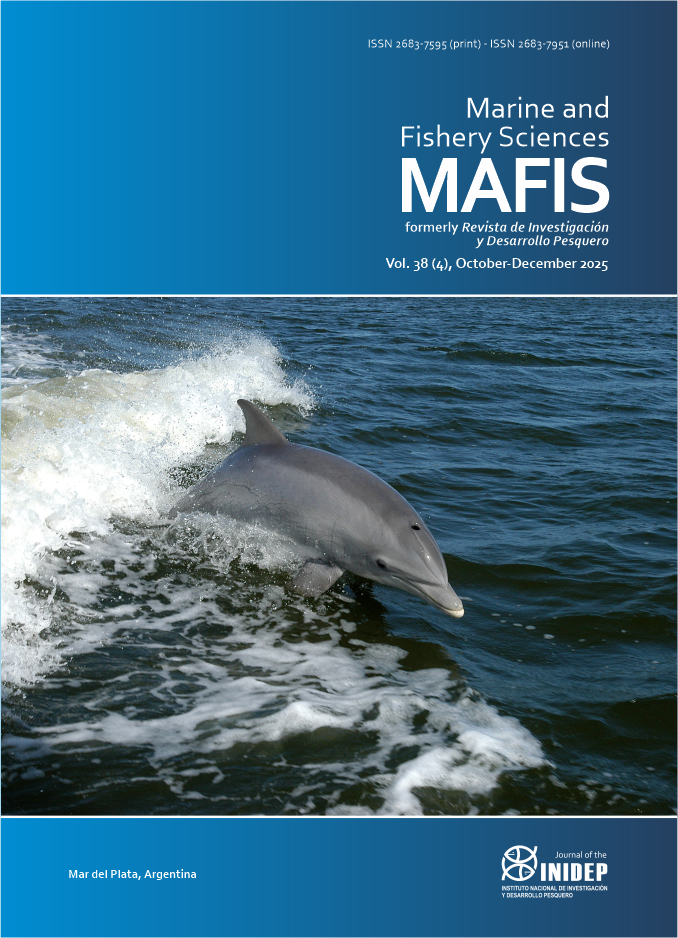Current Issue


Cover image: Turcinops truncatus truncatus surfing the wake of a research boat on the Banana River, FL, USA
Photo courtesy of the Kennedy Space Center, FL, USA, NASA ID: KSC-04pd0178


Cover image: Turcinops truncatus truncatus surfing the wake of a research boat on the Banana River, FL, USA
Photo courtesy of the Kennedy Space Center, FL, USA, NASA ID: KSC-04pd0178
Kalau kamu gamer Mobile Legends, Free Fire, atau PUBG Mobile, pasti udah nggak asing lagi sama urusan top up. Nah, Warung Top Up jadi salah satu tempat yang makin populer karena prosesnya cepat, harganya ramah di kantong, dan nggak ribet sama sekali.
Walau namanya sederhana, layanan yang diberikan nggak main-main. Banyak yang menjadikan Warung Top Up sebagai pilihan utama buat top up ML karena terbukti murah, aman, dan terpercaya.
Nggak perlu login ke akun game. Cukup masukkan ID dan server, transaksi langsung bisa diproses. Cocok buat kamu yang butuh top up kilat tanpa ribet.
Privasi aman karena kamu nggak diminta login ke akun game. Risiko akun kena hack? Nol besar.
Bayar bisa lewat:
Jadi, siapa pun bisa top up — bahkan pelajar yang nggak punya kartu kredit sekalipun.
Harga diamond di Warung Top Up lebih hemat dibanding platform lain. Apalagi sering ada promo-promo yang bikin makin irit.
Desain situsnya nggak bikin bingung. Cukup beberapa klik, diamond langsung masuk.
Banyak yang puas dan balik lagi karena pelayanannya cepat, murah, dan bisa diandalkan. Nggak heran kalau Warung Top Up jadi langganan tetap para gamer.
Warung Top Up mungkin terdengar santai, tapi di balik namanya ada layanan serius yang profesional dan aman. Buat kamu yang pengen isi diamond ML atau game lainnya tanpa ribet, ini tempat yang tepat.
Coba sendiri sekarang. Cukup siapkan ID game dan pilih metode pembayaran favorit kamu. Nggak pake ribet, langsung beres!
